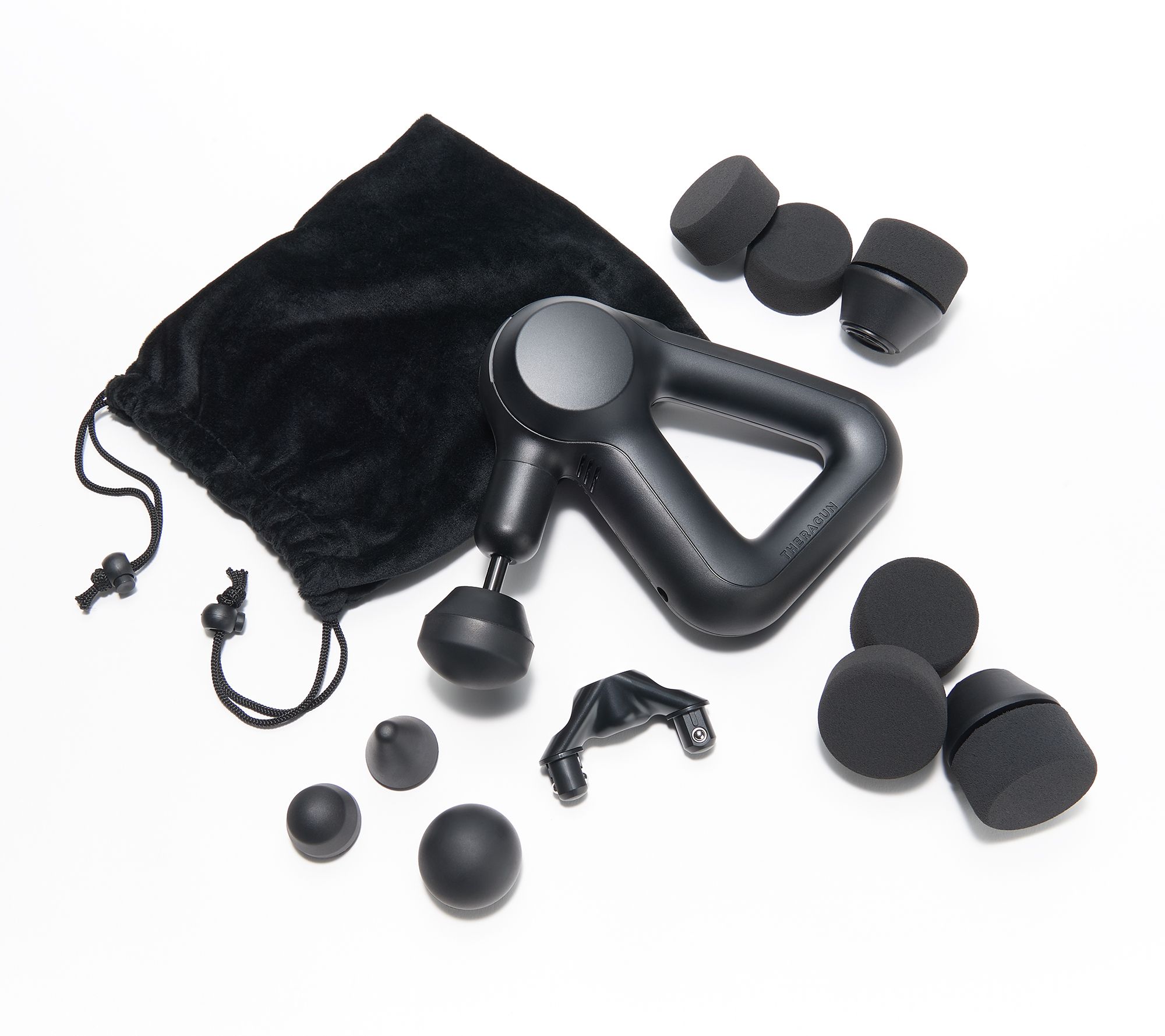Pure C8 MCT Oil: Bulletproof Brain Octane Oil 3 pack, 32oz
Sourced purely from coconuts, Brain Octane C8 MCT Oil rapidly converts into brain-powering, fat-burning ketone energy. It helps control cravings and improves cognitive performance to keep you sharp.† This C8 MCT oil is flavorless, so add it to smoothies, salad dressings, Bulletproof Coffee and more.
C8 MCT OIL BENEFITS
MORE BRAIN POWER
Improves cognitive performance to give you a rapid, long-lasting brain boost
INCREASED ENERGY
C8 MCT oil metabolizes quickly and efficiently into ketone energy, which fuels your body without a crash
FEWER CRAVINGS
Brain Octane C8 MCT oil helps turn cravings off and lets you focus on being awesome
INCREASED FAT BURNING
Jumpstarts your metabolic rate to increase fat burning
WHAT’S IN C8 MCT OIL?
- 100% caprylic acid triglycerides from coconut oil
- Pure caprylic acid harvested from the most ketogenic part of the coconut
- Caprylic acid, a medium-chain triglyceride (MCT), is an energizing, easy-to-digest quality fat
SUPERCHARGE YOUR BRAIN
- Rapidly and efficiently converts into brain-boosting, fat-burning ketone energy with C8 MCT oil
- Ketones power your brain and can’t be stored as fat, unlike carbs and sugar
GO HARD, ALL DAY
- Easy-to-digest caprylic acid fuels your cells more efficiently than coconut oil does
- C8 MCT converts into energizing ketones that start powering your mind and body within minutes
- No cravings or energy crashes
EASY TO USE BRAIN OCTANE C8 MCT OIL
Brain Octane oil is completely flavorless and easy to pour. No coconut flavor means it’s a great substitute for other oils.
- Blend it into Bulletproof Coffee or tea
- Add to smoothies and shakes
- Drizzle it over your favorite meals
- Use to make salad dressings, sauces, and marinades
Additional information
| INGREDIENTS | 100% Pure C8 |
|---|---|
| SMOKE POINT | 320° F |
| RECOMMENDED USES | Add to whatever you’re drinking or eating right now. Drizzle over salads, vegetables or steak. Blend into smoothies or coffee. The possibilities? Endless. |






by Nanaz
Love it.
by Tonilynn
I use my mct on every ❤️
by Georgie
I am recovering from a bad brain injury and I feel that the Brain Octane has helped me some. It will take longer to know for sure how much it will help. All I know is that I have a clearer head than I had before I started taking it.
by Lisa
I use it for prepping everything that I cook, eat, or drink.
by Elizabeth
I was using the XCT Oil because it was less expensive. I received a coupon and decided to try the Brain Octane C8. I see a big difference in the two. I stay full much longer in the morning and I have more energy. It’s worth the extra $